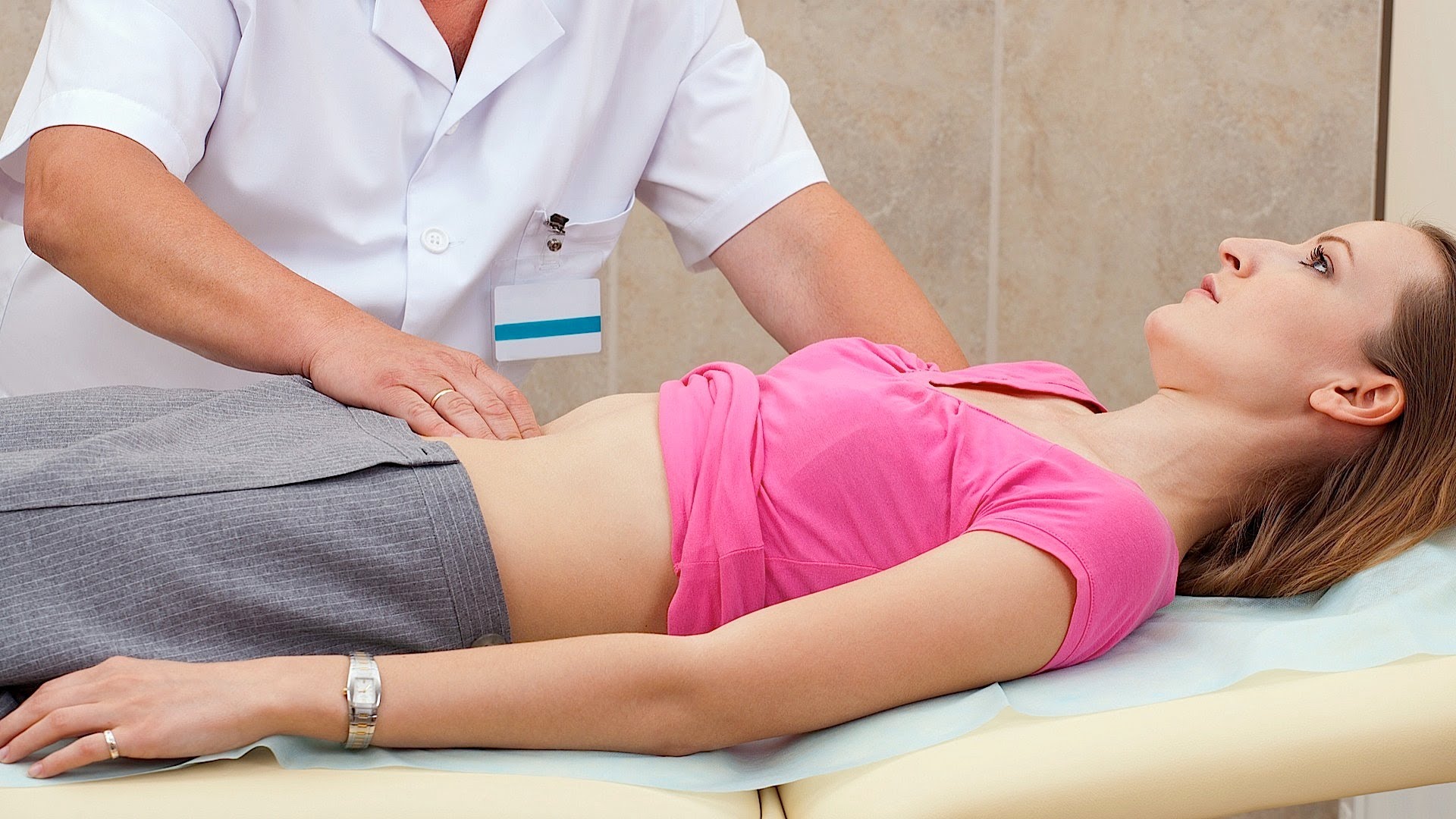Ovarian Hyperstimulation Syndrome Causes, symptoms, Diagnosis and Treatment

What is Ovarian Hyperstimulation Syndrome?
Ovarian hyperstimulation syndrome (OHSS) is a medical condition affecting the ovaries of some women who take fertility medication to stimulate egg growth.
Most cases are mild, but rarely the condition is severe and can lead to serious illness or death.
OHSS can be subdivided into mild, moderate, severe and critical.
In OHSS, the ovaries become swollen and painful. A severe case of OHSS is marked by rapid weight gain, abdominal pain, vomiting and shortness of breath.
Causes of Ovarian Hyperstimulation Syndrome:
The underlying cause of Ovarian Hyperstimulation Syndrome is not fully understood.
However, having a high level of human chorionic gonadotropin (HCG) — a hormone usually produced during pregnancy — in the system plays an important role.
Ovarian blood vessels react abnormally to HCG and start leaking fluid. This fluid swells the ovaries, and in some cases, a large amount of fluid may move to the abdomen thereby causing pain.
OHSS usually begin within a week of taking HCG injections.
The following factors increase the likelihood of developing OHSS:
- Having polycystic ovary syndrome
- Large number of follicles
- Young age
- Low body weight
- High or steeply increasing level of estradiol (estrogen) before an HCG trigger shot
- Previous episodes of OHSS
- Migraine headaches
- A multiple pregnancy
Symptoms of Ovarian Hyperstimulation Syndrome:
Ovarian Hyperstimulation Syndrome is known to exhibit symptoms according to the severity of the condition.
- Mild to moderate Ovarian Hyperstimulation Syndrome:
- Mild to moderate abdominal pain that may come and go
- Abdominal bloating or increased waist size
- Nausea
- Vomiting
- Diarrhea
- Tenderness in the area of your ovaries
- Slight weight gain
- Severe Ovarian Hyperstimulation Syndrome
- Rapid weight gain — such as 5 pounds (2.3 kilograms) in one day or 10 pounds (4.5 kilograms) in three days or more
- Severe abdominal pain
- Severe, persistent nausea and vomiting
- Decreased urination
- Dark urine
- Shortness of breath
- Tight or enlarged abdomen
- Dizziness
- Pleural effusion
- Chest pains
Diagnosis of Ovarian Hyperstimulation Syndrome:
The following tests and exams confirm the diagnosis of Ovarian Hyperstimulation Syndrome:
- A physical exam.
The doctor will take note of any weight gain, increases in waist size and abdominal pain one may have.
- An ultrasound.
If one has OHSS, an ultrasound may show ovaries which are bigger than normal, with large fluid-filled cysts where follicles developed.
- A blood test.
Certain blood tests allow doctor to check the patient’s blood concentration and whether the kidney function is being impaired because of OHSS.
Treatment of Ovarian Hyperstimulation Syndrome:
Generally, OHSs resolves within a few weeks.
However, if it persists, treatment is available depending upon the severity of the condition.
- Treatment for moderate OHSS
- Anti-nausea medication, prescription painkillers or both
- Frequent physical exams and ultrasounds
- Daily weigh-ins and waist measurements to check for drastic changes
- Measuring how much urine one produces each day
- Blood tests to monitor for dehydration, electrolyte imbalance and other problems
- Drinking sufficient fluids
- Draining excess abdominal fluid using a needle inserted in the abdominal cavity
- Wearing support stockings to help prevent blood clots
In case of severe or critical Ovarian Hyperstimulation Syndrome, one needs to be hospitalized.
By : Natural Health News




